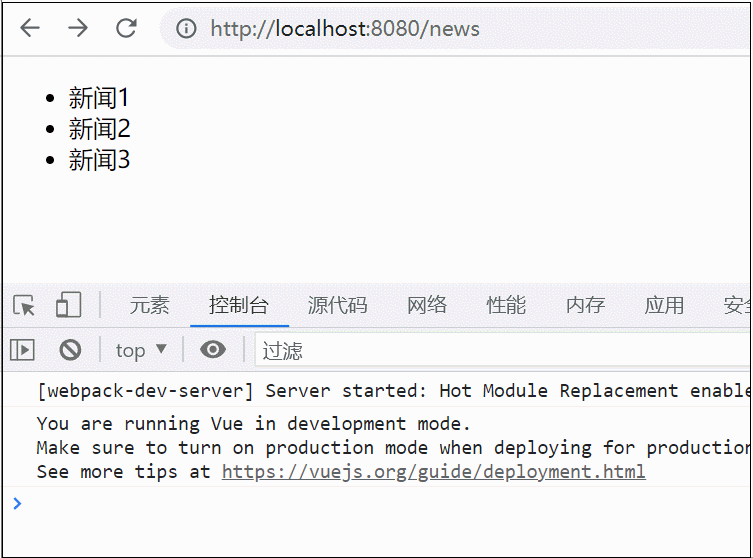大家快瞧那结冰的湖水,春风一吹冰都融化了,河里的小鱼都游出海面,在湖水中自由的游来游去,多可爱的小鱼啊!多么欢快的小鱼啊!真是让人深深的为它那可爱的摸样着迷。春风一吹过那枯黄的小草身边时,小草突然边了摸样,它从原来的枯黄变成了嫩绿,慢慢地小草从嫩绿变成了鲜绿渐渐地越变越绿,绿的让人难以相信那是小草。啊!小草我为你的样子感到是个奇迹。
axios的使用
安装(一般使用框架的话, 脚手架都集成了)
$ npm install axios
请求示例
// POST
axios.post('/user', {
firstName: 'Fred',
lastName: 'Flintstone'
})
.then(function (response) {
console.log(response);
})
.catch(function (error) {
console.log(error);
});
// GET
axios.get('/user', {
params: {
ID: 12345
}
})
.then(function (response) {
console.log(response);
})
.catch(function (error) {
console.log(error);
});
// 执行多个并发
axios.all([get1(), get2()])
.then(axios.spread(function (acct, perms) {
// 两个请求现在都执行完成
}));
可以通过向 axios 传递相关配置来创建请求
语法: axios(config)
axios({
method: 'post',
url: '/user/12345',
data: {
firstName: 'Fred',
lastName: 'Flintstone'
}
});
这里, 我就拿以POST的方式传递相关配置来说事, 因为笔者在这里躺了两次坑, 很有必要记录一下, 哈哈.
默认情况下, 不写content-type, 是以json的方式来传递, (Content-Type: application/json;charset=UTF-8)
axios({
url:'/api/connect/token',
method: 'post',
data: {
firstName: 'Fred',
lastName: 'Flintstone'
}
}).then(res => {
console.log(1234, res.data)
}).catch(error => {
console.log(error)
})
Headers如下:
Request Payload
{ firstName: "Fred", lastName: "Flintstone"}
content-type改成x-www-form-urlencoded, 即表单提交方式
axios({
url:'/api/connect/token',
method: 'post',
data: {
firstName: 'Fred',
lastName: 'Flintstone'
},
headers: {
'Content-type': 'application/x-www-form-urlencoded'
}
}).then(res => {
console.log(1234, res.data)
}).catch(error => {
console.log(error)
})
Headers如下:
Form Data
{"firstName":"Fred","lastName":"Flintstone"}:
另一种情况, 序列化成字符串形式传递
axios({
url:'/api/connect/token',
method: 'post',
data: JSON.stringify({
firstName: 'Fred',
lastName: 'Flintstone'
})
}).then(res => {
console.log(1234, res.data)
}).catch(error => {
console.log(error)
})
结果跟上面一致:
Form Data
{"firstName":"Fred","lastName":"Flintstone"}:
还有一种常见情况, 通过qs库对数据进行编码(前提要安装qs)
import qs from 'qs'
axios({
url:'/api/connect/token',
method: 'post',
data: qs.stringify({
firstName: 'Fred',
lastName: 'Flintstone'
})
}).then(res => {
console.log(1234, res.data)
}).catch(error => {
console.log(error)
})
结果:
Request Headers Content-Type: application/x-www-form-urlencoded
Form Data firstName: Fred lastName: Flintstone
使用qs要注意的点 :
allowDots(多层对象嵌套, 可用.标记)
qs.stringify({
a: {
b: {
c: 'd', e: 'f'
}
}
}, { allowDots: true });
// 'a.b.c=d&a.b.e=f'
以上这篇使用axios请求接口,几种content-type的区别详解就是小编分享给大家的全部内容了,希望能给大家一个参考,也希望大家多多支持。




